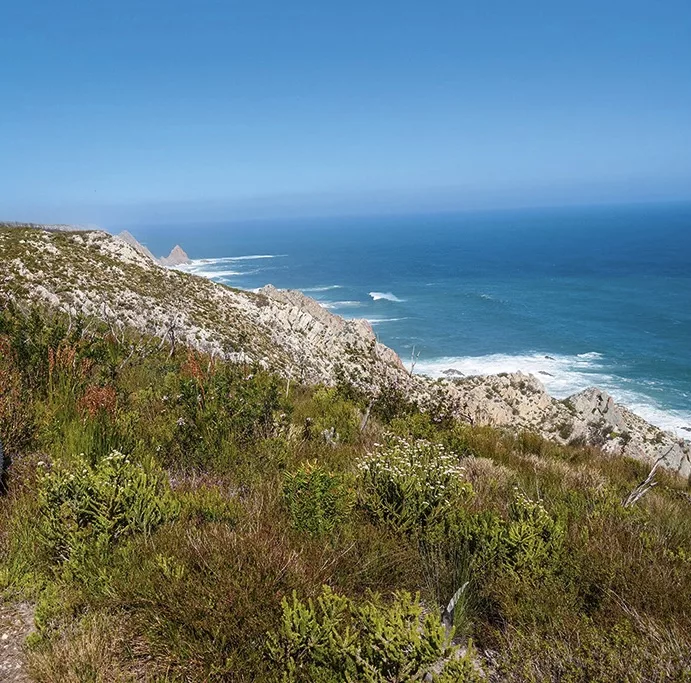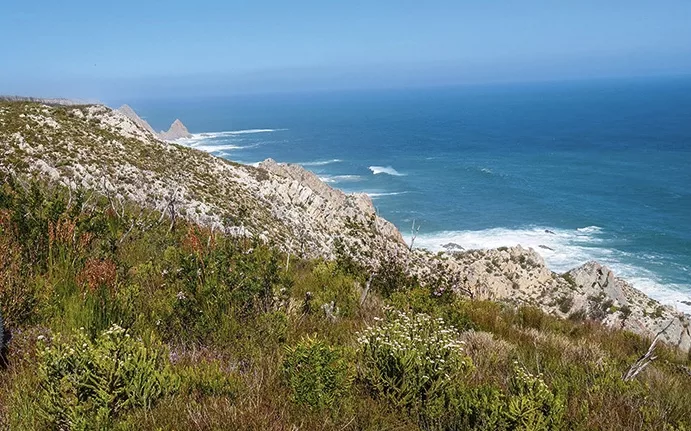It is all hands on deck as various stakeholders work together in securing the last remnants of a critically endangered type of fynbos on the Garden Route.

Knysna (Picture: Elise Kirsten)
According to WWF South Africa, the focus of this work is on the Western Heads of the Knysna Estuary near Brenton-on-Sea. This area is home to a critically endangered vegetation type called Knysna Sand Fynbos.
The united effort of various stakeholders
Partnering in this effort are SANParks, WWF South Africa, the Western Heads Goukamma Conservancy (WHGC), Table Mountain Fund (TMF), CapeNature, the Southern Cape Fire Protection Association, as well as the Knysna Municipality.
Unique to the Garden Route, Knysna Sand Fynbos once encompassed more than 15 000 hectares. It stretched from Wilderness to north of the lakes system and even to the Robberg Peninsula near Plettenberg Bay.
However, less than 10% of it now remains. This is due to agriculture, commercial timber plantations and coastal development. Moreover, a large portion of what remains can be found on the Western Heads where a recent survey found more than 100 species, including a vulnerable type of erica.
The Knysna Sand Fynbos was severely impacted by the Knysna fires of 2017 and is at risk and sensitive to any further disturbances.
Steps towards conservation
As a first step, WHGC obtained project funding from TMF to create awareness and encourage landowners to commit their properties to biodiversity stewardship, as well as to eradicate invasive alien plants which pose a high fire risk in the area.
Another piece of the puzzle recently came together when WWF South Africa was able to acquire 42 hectares of land on the Western Heads, made possible through a generous bequest.
More work is being done in the form of land purchase and contractual agreements which recognise landowners as the custodians of biodiversity on their land.
Follow us on social media for more travel news, inspiration, and guides. You can also tag us to be featured.
TikTok | Instagram | Facebook | Twitter

















